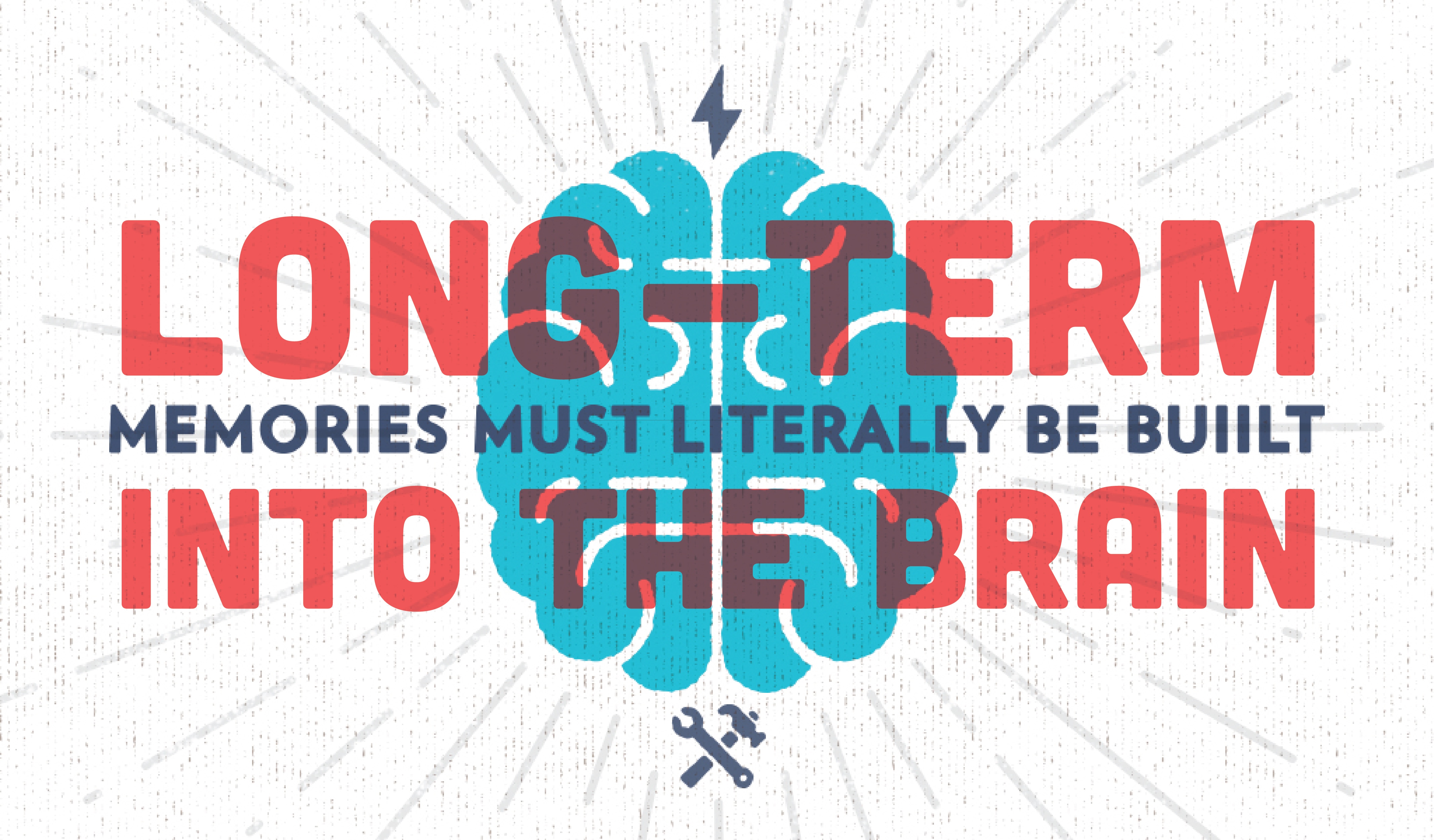Once you have collected all of your research, distilled it to fit within an overarching theme, and compiled a deck displaying your main points, you must then tackle the task of remembering everything you want to say to your audience. This is perhaps the most important part of the entire presentation process. And an understanding of the human brain’s cognitive behaviors will help you ensure that you retain and can recall the critical elements of your talk.
The hippocampus, a small section of your brain, stores your memories. But recording those memories requires an adjustment of neuron connections. Serving as a vehicle for the transport of material, the neurons send messages across synapses. Proteins comprise the foundation of the synapses and handle the loads of neurotransmitters unloaded by the neurons. So what does this process have to do with memory? Eric Kandel, a Columbia University neuroscientist, discovered that establishing a long-term memory involves a more demanding amount of work on the part of neurons. They need to create new proteins and expand the synapses to improve the flow of the neurotransmitters.

Throughout the presentation training process, leading up to the presentation performance, implementing the following techniques could improve memory formation and recall. And ultimately prepare you for a seamless, successful presentation.
1. Repetition
Researchers have found that a short-term memory can become a long-term memory through repetition. During the presentation design stage, consider adding trigger words, which will remind you what to talk about on a particular slide, to the speaker’s notes. When you actively repeat a significant word or phrase, you create a memory. Go beyond just repeating a word or phrase in the same way. Instead, try repeating the phrase several different ways to increase memory retention. There are many different ways to approach repetition techniques, so if one doesn’t quite work for you, try another. Also, put pen to paper and write notes when you are practicing your presentation.
2. Visualization
Visualization is a vital component to any presentation training plan as 65% of people are visual learners. Researchers have determined that metamemory, which happens when you think about a future situation, optimizes memory formation and retrieval. If you have effectively rehearsed – by recording yourself and all – then you will be much more equipped to accurately judge your memory and improve your presentation delivery. Another function of metamemory is that it can assist you in the development of a practice strategy. For example, try focusing on the information you know you can easily remember first and then break down the more complex points.
Finally, use visuals included within your deck as retrieval cues. According to the encoding specificity principle, a presenter using the visuals on their presentation slides during rehearsal as cues will have a better chance of recall when presenting those same slides. Another recent study from Georgia State University found that imagery is an effective tool to enhance memory.
3. Structure
Repetition and visualization jump start the process of pinpointing patterns and constructing a verbal framework for your presentation. Approach your presentation training like you approached exam studying. Create an outline of your presentation to establish a logical flow in your mind of your content. Make it easier for your brain to organize information by sticking to a familiar story or presentation structure.
4. Rehearsal
Practice truly does make perfect. Especially if that practice is spaced out over a long period of time. Cramming a practice session in the night before a presentation will do a disservice to your audience and you. This also means that your rehearsals should encompass more than just a few cursory run-throughs. Go the extra mile and record yourself giving the presentation, watch it, analyze it, and assess the areas that need improvement. Not only will you attain a stronger grasp of your content, but you will also develop your tone and body language through the consistent practice.
If you want to make a lasting impression on your audience, however, it will take more than memorizing content. But with these suggestions, you will be well on your way to crafting a compelling and cohesive presentation. For more tips to maximize memory and for more methods to elevate your chances of delivering a knockout presentation, check out the links below.
3 Lessons Presenters Can Learn from the Navy Seals
How to Improve Memory: Intensity, Duration, and Repetition
